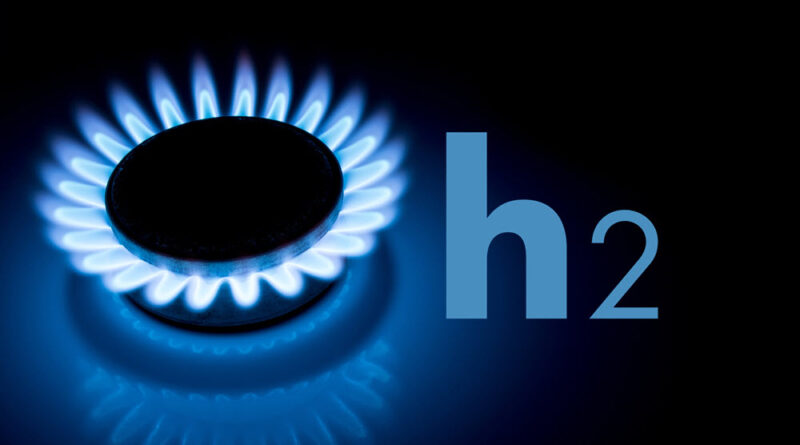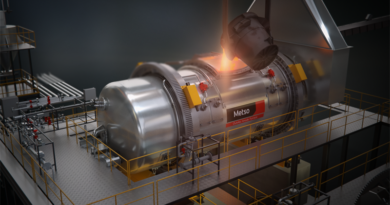POSCO established partnership for hydrogen and ammonia power generation
Hydrogen/ammonia power generation produces electricity by burning hydrogen (H2) or ammonia (NH3), which are carbon-free fuels. When hydrogen or ammonia is burned as it is without mixing with fossil fuels such as LNG, it is called ‘mono fuel power generation’ (no carbon), and when it is mixed with fossil fuels, it is called ‘mixed fuel power generation’ (low carbon).
There are research results suggesting that when 30% of hydrogen is mixed in an LNG power generation, carbon (CO2) emissions are reduced by about 11%.
The revised bill of the ‘Act on the Promotion of Hydrogen Economy and Hydrogen Safety Management’ (Hydrogen Act), which was passed by the National Assembly plenary session last month and is scheduled to be implemented in December of this year, includes hydrogen gas turbine power generation, which produces electricity by directly burning hydrogen as a power generation fuel by breaking away from the existing method of utilizing hydrogen in the power generation sector through fuel cells at the time of hydrogen power generation.
From the position of the steel industry, hydrogen is an essential fuel not only for electricity production but also for steel production. This is because hydrogen is used as a reducing agent to reduce iron ore instead of coal in hydrogen-reduced steel, a future steel technology that does not generate carbon.
Ammonia (NH3) is a mixture of hydrogen (H2) and nitrogen (N2), and is attracting attention not only as a fuel for power generation but also as a hydrogen carrier when introducing clean hydrogen from abroad. This is because the storage density of ammonia is 1.7 times higher than that of hydrogen, and the boiling point is -33°C, which is higher than that of hydrogen at -253°C.
Hydrogen/ammonia technology is being developed with the focus on mixed fuel power generation, and is currently in the stage of demonstration and commercialization worldwide. According to the ‘The First Basic Plan for Implementation of the Hydrogen Economy’, Korea is aiming to commercialize mixed fuel power generation of 20% ammonia by 2030 for coal power generation and mixed fuel power generation of 30% hydrogen by 2035 for LNG power generation.
Meanwhile, POSCO Group and KEPCO signed an ‘MOU on the Establishment of a Partnership for Hydrogen & Ammonia business on May 29, and agreed to promote cooperation in three areas including:
- joint development and investment in domestic and overseas green and blue hydrogen production projects,
- supply exchange (SWAP) for securing flexible supply of hydrogen · ammonia,
- mixed fuel power generation of hydrogen · ammonia and CCUS (carbon capture/utilization/storage) technology development.
POSCO Group expects that it will become the most significant hydrogen demand in Korea thanks to POSCO’s HyREX(hydrogen reduction) and POSCO Energy’s power generation business.
Also, POSCO plans to establish a hydrogen business model that actively links external sales based on stable internal demand. It aims to achieve annual sales of 2.3 trillion won and 500,000 tons of production by investing 10 trillion won in the hydrogen business by 2030. Afterward, the company plans to supply hydrogen to large-scale B2B demand sources such as steel, fuel cells, power plants, and charging stations at domestic and foreign by gradually expanding its production capacity to 3 million tons in 2040 and 7 million tons in 2050.




